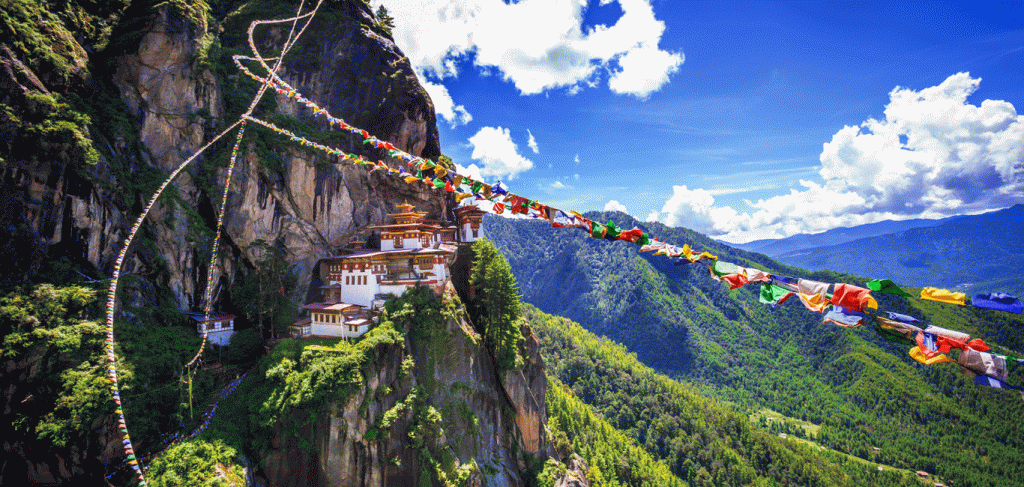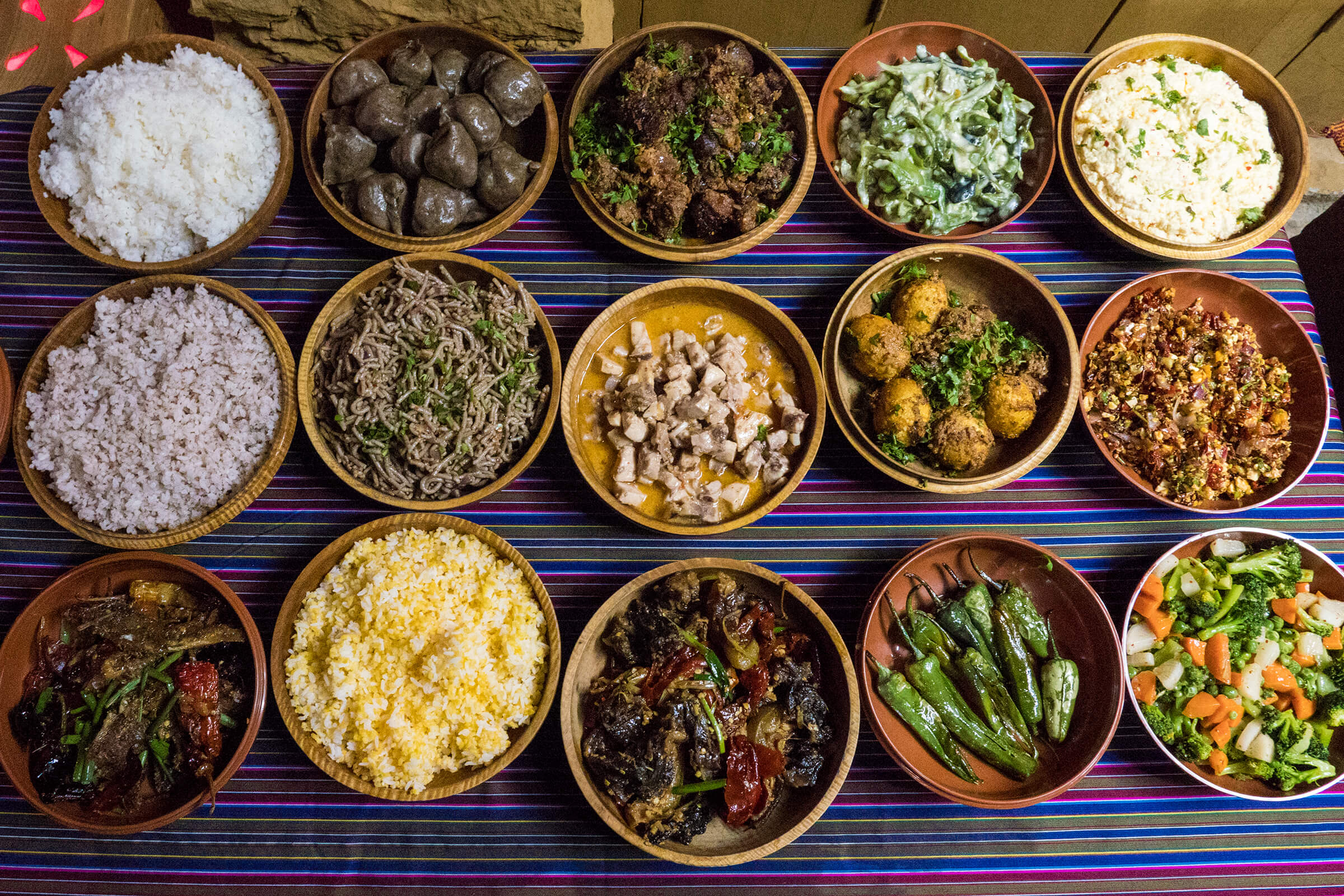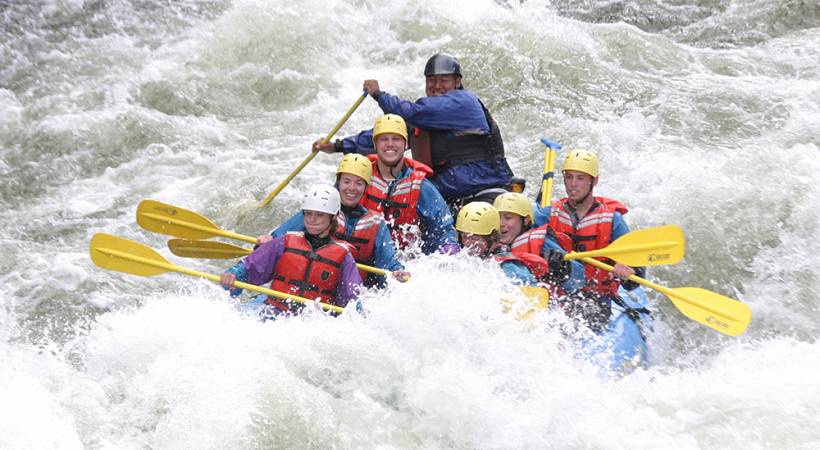Bharatpur, the ‘Eastern Gateway to Rajasthan’ was founded in 1733, by Maharaja Suraj Mal. It was once an impregnable fortified city of the Mewat region. According to a legend, the city is named after Bharat, the brother of Lord Rama, whose other Siberian Cranes brother Laxman was worshipped as the family deity of the Bharatpur rulers. The city and the fort are said to be originally founded by Rustam, a Jat of Sogariya clan. Maharaja Surajmal took over from Khemkaran, the son of Rustam and established the empire.
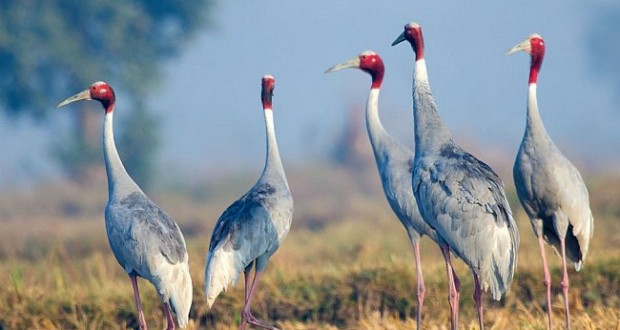 Keoladeo Ghana National Park: This ‘paradise’ for the avian world and pilgrimage for the bird lovers was declared a reserve for birds in 1956. The sanctuary gained National Park status in 1982 and UNESCO declared it a World Heritage Site in 1985. The park is named after the small shrine of Lord Keoladeo, an aspect of Shiva, located within a dense forest (ghana). It sprawls over an area of 29 sq. kms. of wetlands on the main North-South avian route of India. There are over 375 species of beautiful birds, including water birds as well as migratory water birds and waterside birds. The sanctuary not only attracts birds from India but also from places like Europe, Siberia, China, and Tibet. The migratory birds include species of cranes, pelicans, geese, ducks, eagles, hawks, shanks, stints, wagtails, warblers, wheatears, flycatchers, larks, etc. The park remains busy all over the year with activities of the winged beauties, but the best time to visit is between August and November for resident birds and October to February for the migratory birds. Vehicles are permitted up to Shanti Kutir inside the park. The Electra Van of the forest department can be engaged in the sanctuary. The best way to explore the park is on foot or bicycles which are available on hire. Cycle rickshaws and boats can also be hired. The park is also home to animals like, blackbuck, sambhar, spotted deer and nilgai.
Keoladeo Ghana National Park: This ‘paradise’ for the avian world and pilgrimage for the bird lovers was declared a reserve for birds in 1956. The sanctuary gained National Park status in 1982 and UNESCO declared it a World Heritage Site in 1985. The park is named after the small shrine of Lord Keoladeo, an aspect of Shiva, located within a dense forest (ghana). It sprawls over an area of 29 sq. kms. of wetlands on the main North-South avian route of India. There are over 375 species of beautiful birds, including water birds as well as migratory water birds and waterside birds. The sanctuary not only attracts birds from India but also from places like Europe, Siberia, China, and Tibet. The migratory birds include species of cranes, pelicans, geese, ducks, eagles, hawks, shanks, stints, wagtails, warblers, wheatears, flycatchers, larks, etc. The park remains busy all over the year with activities of the winged beauties, but the best time to visit is between August and November for resident birds and October to February for the migratory birds. Vehicles are permitted up to Shanti Kutir inside the park. The Electra Van of the forest department can be engaged in the sanctuary. The best way to explore the park is on foot or bicycles which are available on hire. Cycle rickshaws and boats can also be hired. The park is also home to animals like, blackbuck, sambhar, spotted deer and nilgai.
Lohagarh or the ‘Iron Fort’: This impregnable fort withstood four British attacks and frustrated them to no ends. Finally, Lord Lake captured it in 1804. It is surrounded by a moat and has several fine monuments.
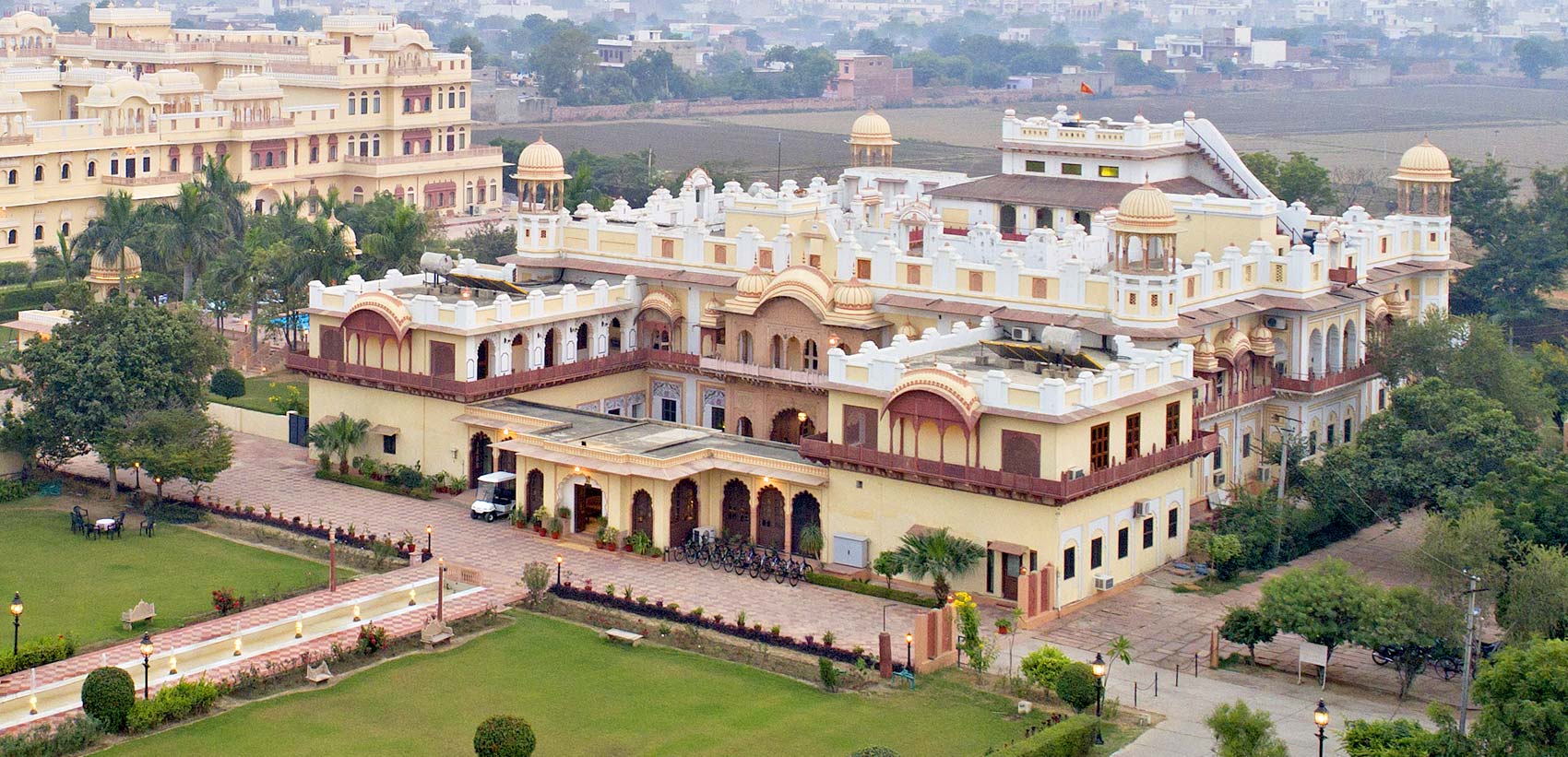
The Palace: The magnificent palace is a fine blend of Mughal and Rajput architecture. It was built in various phases by different Maharajas. The apartments are richly decorated with the patterned floor with exquisite designs. There is a museum in the main central wing.
Govt. Museum: It is housed in the ‘Kamra Khas’ within the fort and exhibits a rich collection of antiquities, exquisite sculptures, and some ancient inscriptions.
Jawahar Burj & Fateh Burj: These monuments inside the fort were built by Surajmal to commemorate the victories over Mughals and British


